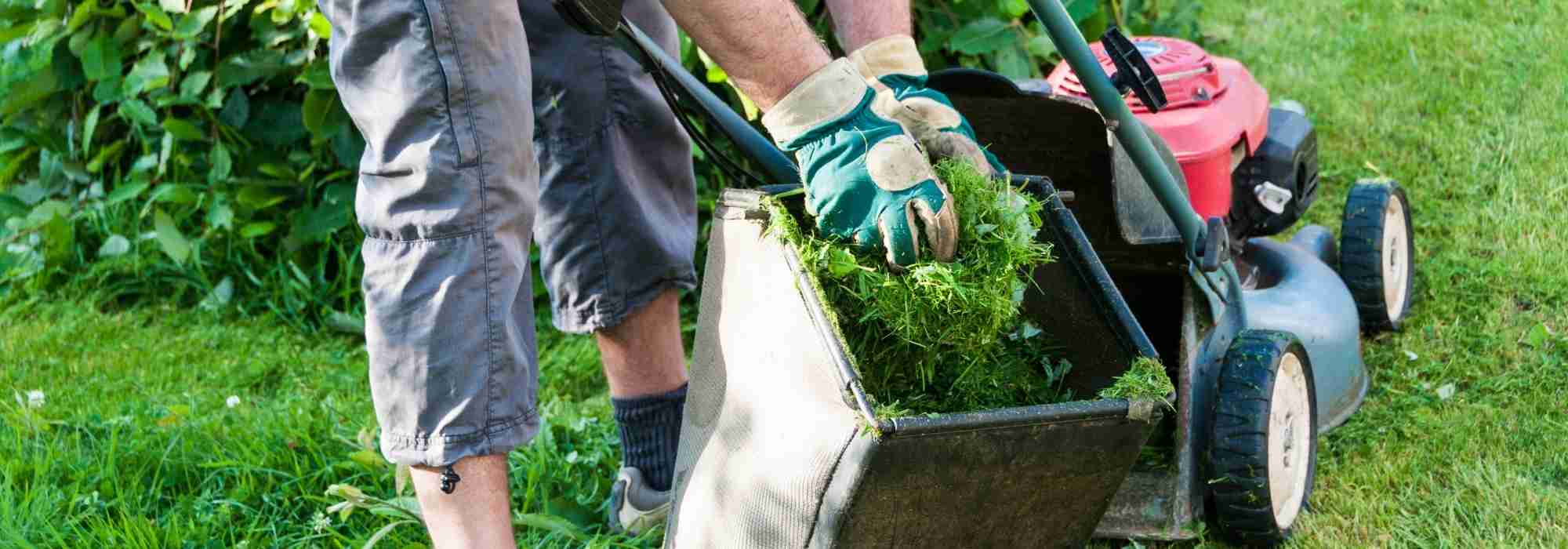
What to do with grass clippings?
Some ideas for valuing lawn clippings
Contents
During the beautiful season, lawn mowings come thick and fast, and one can quickly be overwhelmed by piles of cut herb that accumulate and ferment at the back of the garden. What to do in this case? Take them to the tip? This is one solution; however, you can certainly make use of lawn clippings in the garden: to fertilise the lawn through mulching, use it as mulch in the vegetable patch and orchard, or in compost as a nitrogen source.
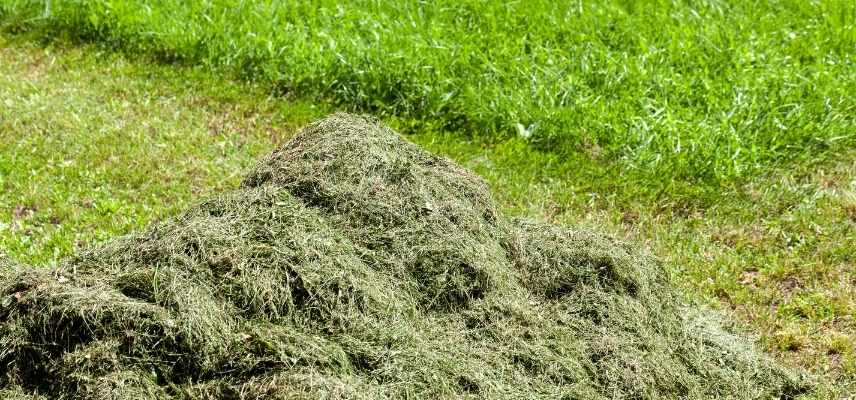
Mowing waste: a boon for the garden, to be used wisely and in the right proportions
Mulching: yes!
This is the simplest way to use your lawn clippings: leave them on the lawn. To do this, simply remove the grass collection box from the mower. The cut grass will be directly returned to the lawn, fertilising it: cut grass is indeed rich in nitrogen (N), phosphorus (P), and potassium (K). Some mowers even have a “mulching” function that allows for finer cutting of the grass so that it decomposes more quickly on the lawn.
In addition to providing natural fertilisation for the lawn, this mulching or grass mulch helps keep the grass greener for longer during dry spells. The mulch acts somewhat like a layer of mulch.
Please note: Your lawn should be mowed weekly. The grass must be short enough when cut; otherwise, the amount of grass returned to the lawn will create excessive clumps that will ferment.
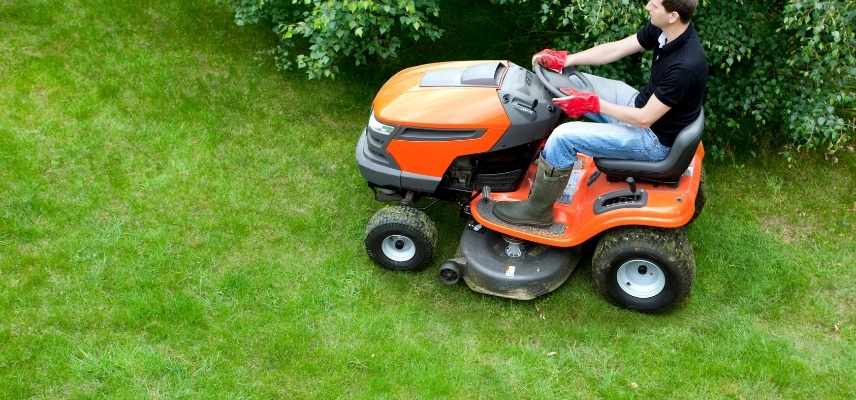
Mowers with integrated mulching are very useful for returning organic matter to the soil when mowing low
Read also
Lawn: essential tools for its upkeepAs mulch: yes, but...
Cut grass can be used as mulch, but only if it is dried beforehand. To do this, it should be spread out in a thin layer (a few centimetres) in the sun for a few days. Once thoroughly dry, the grass can be placed around the bases of trees and bushes, around strawberry plants, in flower beds, in the vegetable garden, and in planters.
The main advantages of dry grass mulch are:
- Soil coverage: protection against erosion and limitation of weed growth;
- Maintaining sufficient moisture at the base of plants;
- Providing organic matter: the grass will gradually decompose, adding nutrients to the soil;
- Encouraging the development of microorganisms responsible for soil fertility and good structure.
Freshly mown or cut grass should not be used as is!! This grass, still full of water, will ferment: this will lead to a harmful increase in temperature for plants (especially younger ones), and possibly the development of sometimes pathogenic fungi. However, using fresh grass in a very thin layer (less than 2 cm thick) and in small quantities can be considered when mixed with RCW (ramial chipped wood) or straw.
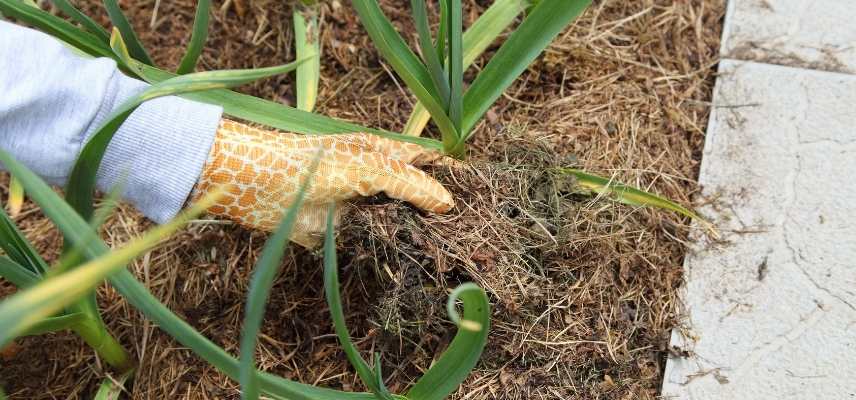 Dried mowing residues can be used as mulch in your flower beds, vegetable garden, etc.
Dried mowing residues can be used as mulch in your flower beds, vegetable garden, etc.
In the compost: yes... and no!
A bit of freshly cut herb in the compost heap can be beneficial, as it adds a portion of nitrogen and a good dose of moisture. However, it is important to always balance the Carbon-Nitrogen (C/N) ratio in compost. This means alternating layers of “green waste,” of which herb is a part, and carbonaceous or “brown waste” (pruning residues, chippings, cardboard…). So, yes to herb in compost, but in small quantities.
→ making good compost is not so straightforward; fortunately, Ingrid provides you with 5 keys to succeed.
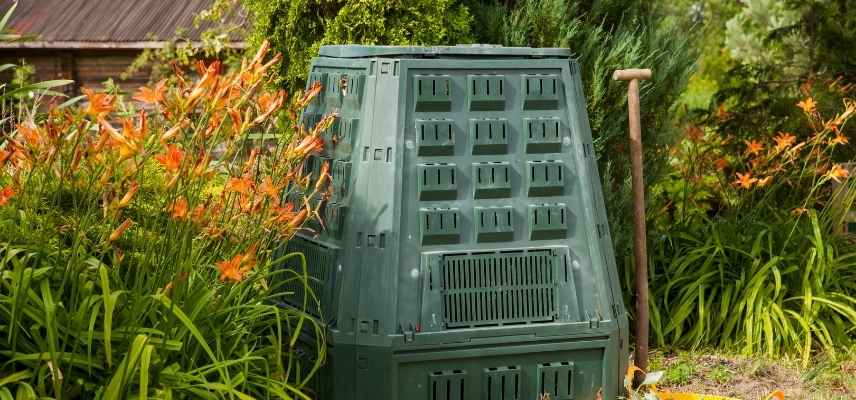
In small quantities, grass clippings provide the right nitrogen balance for your compost
In forage: no!
It is tempting to give grass clippings to animals (sheep, goats, geese, rabbits…). Don’t do it! These finely chopped clippings will ferment quickly, leading to poisoning for your animals. Dry grass can also follow the same path. Furthermore, this grass may contain other things: stones, pieces of plastic, droppings, bits of wood… or even chemicals.

Mown grass is not recommended for rabbits and other animals
Dispose of it anywhere or burn it: no, no and again no!
Never dispose of grass clippings in nature, as an accumulation of nitrogen on a small area will destroy the balance of the soil and cause certain plants (sometimes invasive) to proliferate at the expense of others. Ecosystems are already under enough stress, so let’s not add to it!
Do not place your clippings in your household waste, as they will ferment! And do not burn them either: it is prohibited and subject to fines, and moreover, it will add carbon monoxide to the air.
Instead, contact your local council to find out about usage options: bringing grass clippings to a recycling centre or a composting site, or organised selective collection.
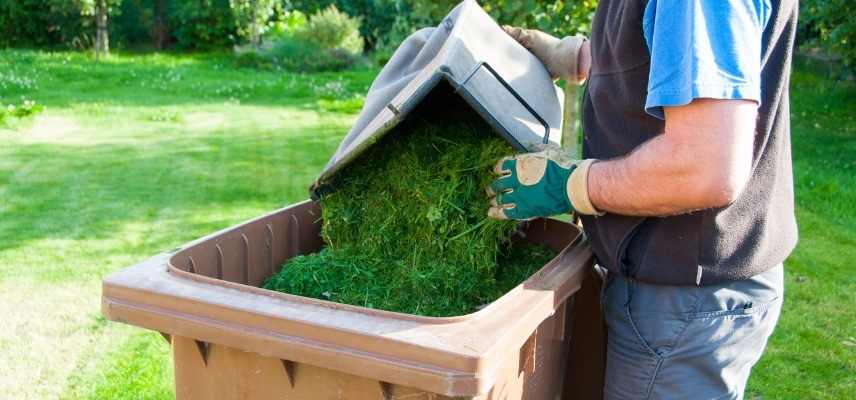
Grass from mowing should definitely not be disposed of in household waste
- Subscribe!
- Contents
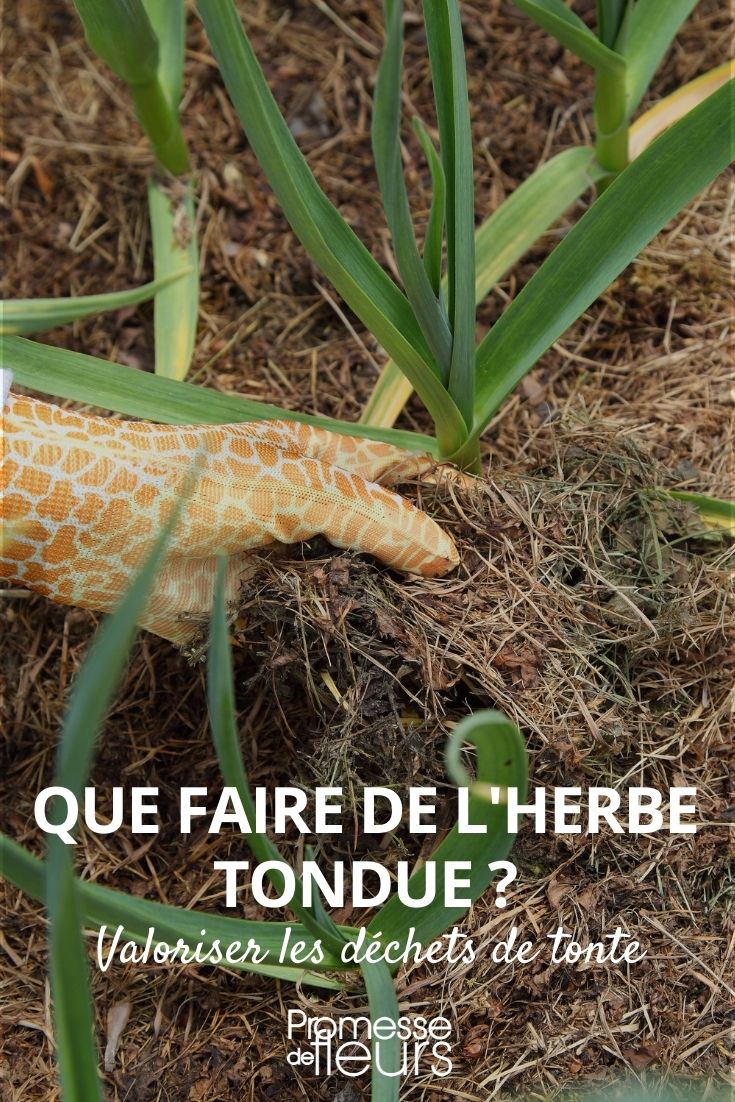































Comments